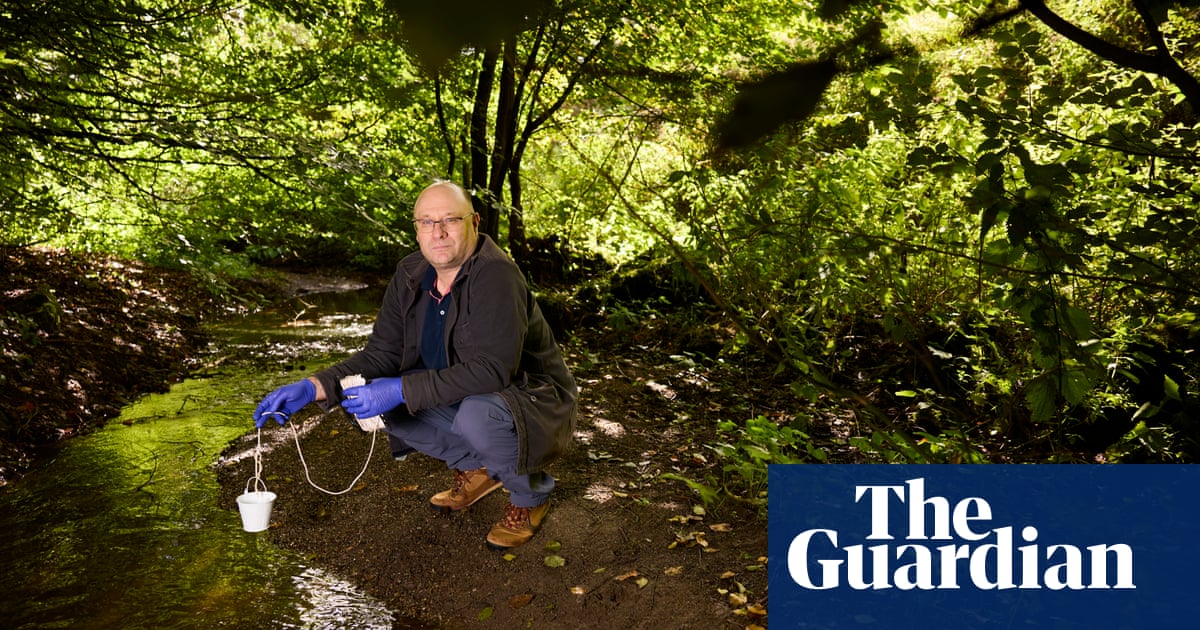Nestled within the Peak District national park, the stream known as Brook Head Beck meanders between undulating green hills. It is mossy and dank by the river, surrounded by the gentle trickling sound of water, the smell of leaves starting to rot underfoot, and a weave of branches overhead with leaves turning golden in the autumn chill. This place is renowned for its quaint English beauty, and the government has designated it an ecological site of special scientific interest, meaning it holds some of the country’s most precious wildlife.
Yet within this pristine-looking stream flows a concoction of chemicals that could pose a threat to the freshwater organisms and humans who come into contact with it. Recent testing found it had the second highest levels of chemical pollution in the UK – after a site in Glasgow – with concentrations of pharmaceuticals higher than inner-city rivers in London, Belfast, Leeds and York.
New research, published in August in the journal Environmental Toxicology and Chemistry, revealed that England’s most protected rivers – those that run through its national parks – were also heavily contaminated by pharmaceuticals. The findings demonstrated how drug pollution now flows into even the most apparently untouched waterways, with transformative, potentially dangerous results for ecosystems and people.


